A year ago, a JPG file sold for $69 million. A tweet sold for $2.9 million. A cat gif sold for $690,000. And suddenly, everyone was talking about cryptocurrency and non-fungible tokens, or NFTs, unique assets that provide proof of ownership for digital files. In mere months, the market for NFTs has exploded, with more developers, creators, artists, and photographers entering the space. In that time, the market has also matured.
In 2022, a JPG, a tweet, or a cat gif will only get you so far. Many of today’s collectors are looking for something long-term, whether it’s a physical print to hang on their wall, an entree into an exclusive club, or an ongoing relationship with a project they love. That’s where roadmaps and utilities come into play. In this quick and handy guide, we’ll discuss the benefits of each.
What’s an NFT roadmap?
An NFT roadmap is exactly what it sounds like: a document outlining your plans for the project, including your short and long-term goals and any bonus content your collectors can expect. Often, roadmaps will follow specific milestones; for example, after 50 NFTs have sold, a photographer might hold a raffle offering prizes for collectors, such as physical prints or additional NFTs. After the collection is sold out, they could even commit to donating a percentage of the proceeds to a charity or non-profit.
World of Women, the famous NFT collection by the artist Yam Karkai, released their second roadmap in October, with goals like exhibiting WoW in galleries and expos worldwide (and in the metaverse). They also announced the release of WoW merchandise, with some merch drops open for everyone and some exclusively available to NFT holders. Beyond that, the roadmap outlined WoW’s ongoing and future charity efforts.
The idea at the heart of a roadmap is to provide collectors with an overview of what they’ll get when they invest. Roadmaps can also be where you share marketing plans, exhibition goals, gallery shows, and more—anything that adds value to the collection. NFT buyers invest in communities, so building a roadmap goes a long way toward establishing trust and demonstrating that you’re committed to maintaining that relationship long after the initial sale is made.
More and more, collectors look to roadmaps to assess the longevity of a project, even as the market evolves. Yours can be simple or multi-tiered. When designing one, it’s important to only promise what you know you can deliver. The NFT space is new, but the community values transparency and honesty, so be upfront and straightforward with your patrons. Beyond that, you can get creative; ask your followers about what perks or rewards they’d love to have, or think about a cause that’s close to your heart.
For some ambitious projects, we’ve even seen collaborative roadmaps, where the creators welcome input from their collectors. In the case of Doodles, the popular collectible project featuring art by Burnt Toast, NFT holders can vote on experiences, products, or events they want, which are then paid for by the Doodles Community Treasury.
What are utilities?
We can think of utilities as perks for collectors that go behind the artwork itself. VeeFriends, Gary Vaynerchuk’s NFT project, is one example of an NFT with utility, as it grants token holders a three-year access pass to VeeCon, the entrepreneur’s conference, with the first one taking place in Minneapolis this spring.
Depending on the rarity of the token, you might be able to redeem further perks and experiences; access tokens, for example, will unlock experiences with Vaynerchuk, either virtual or in-person. Similarly, the recently launched Coachella Collectibles give their holders lifetime passes to the festival, with more experiences to come.
If we turn our attention to the world of photography NFTs, we can find inspiration in Metascapes, created in collaboration with the photographers Cath Simard, Ryan Newburn, and Iurie Belegurschi. Holders of rare pieces within the collection will get priority presale access to NFT Iceland Camp, an exclusive event bringing together artists, collectors, and more later this year. SHABANGRS by the portrait photographer Peter Hurley is another project with in-person utilities (among others), such as access to the anniversary party, headshot sessions, and more.
Beyond in-person experiences, some artists offer exclusive artwork, both digital and physical. As part of Computer Cowgirls, a project by the fashion photographer and collage motion artist Molly Dickson, ten random NFTs unlocked exclusive art for the primary collector. We’ve also seen special rewards for early investors. When the photographer James Mollison released his limited collection James & Other Apes, it was also announced that early investors would receive archive-quality physical prints.
Though not photography-based, the Women RISE collection by the acclaimed visual artist Maliha Abidi awarded airdrops to fifteen early supporters. Plus, their roadmap includes physical prints for 100 collectors and hardcover books for 100 more. Select collectors can also look forward to joining activist clubs and making a difference.
Other projects give collectors access not to physical events but virtual ones. In December of last year, for instance, the NFT project Monkey Kingdom hosted a party in the Cryptovoxels metaverse, headlined by Steve Aoki. As the metaverse grows, we expect to see more of these virtual events, with the potential for private exhibitions or “studio visits” for artists.
Another simple but meaningful utility would be to offer NFT holders access to a private channel in your Discord server, where they can ask you questions and connect with one another. Your Discord server can be based around you as an artist or a specific collection, depending on your personal branding. If you do choose to offer this as a perk, keep your channel active. You can treat it like an open studio and share behind-the-scenes stories and images, tease upcoming projects, and give your collectors priority access to new projects and collections.
When minting NFTs, the beauty of both roadmaps and utilities lies in their potential to connect artists and collectors across time zones and continents. While once artists might have felt limited to galleries in their vicinity, blockchain technology has promoted a global culture of sharing, viewing, and buying art. Similarly, while once the dialogue between artists and collectors was facilitated by intermediaries, such as art dealers or curators, the crypto art movement and emerging marketplaces have encouraged more intimate, one-to-one conversations, whether they’re taking place in the metaverse or IRL (in real life).
Join the VAULT waitlist to get early access and be the first to find out how you can create, buy, sell, and earn.

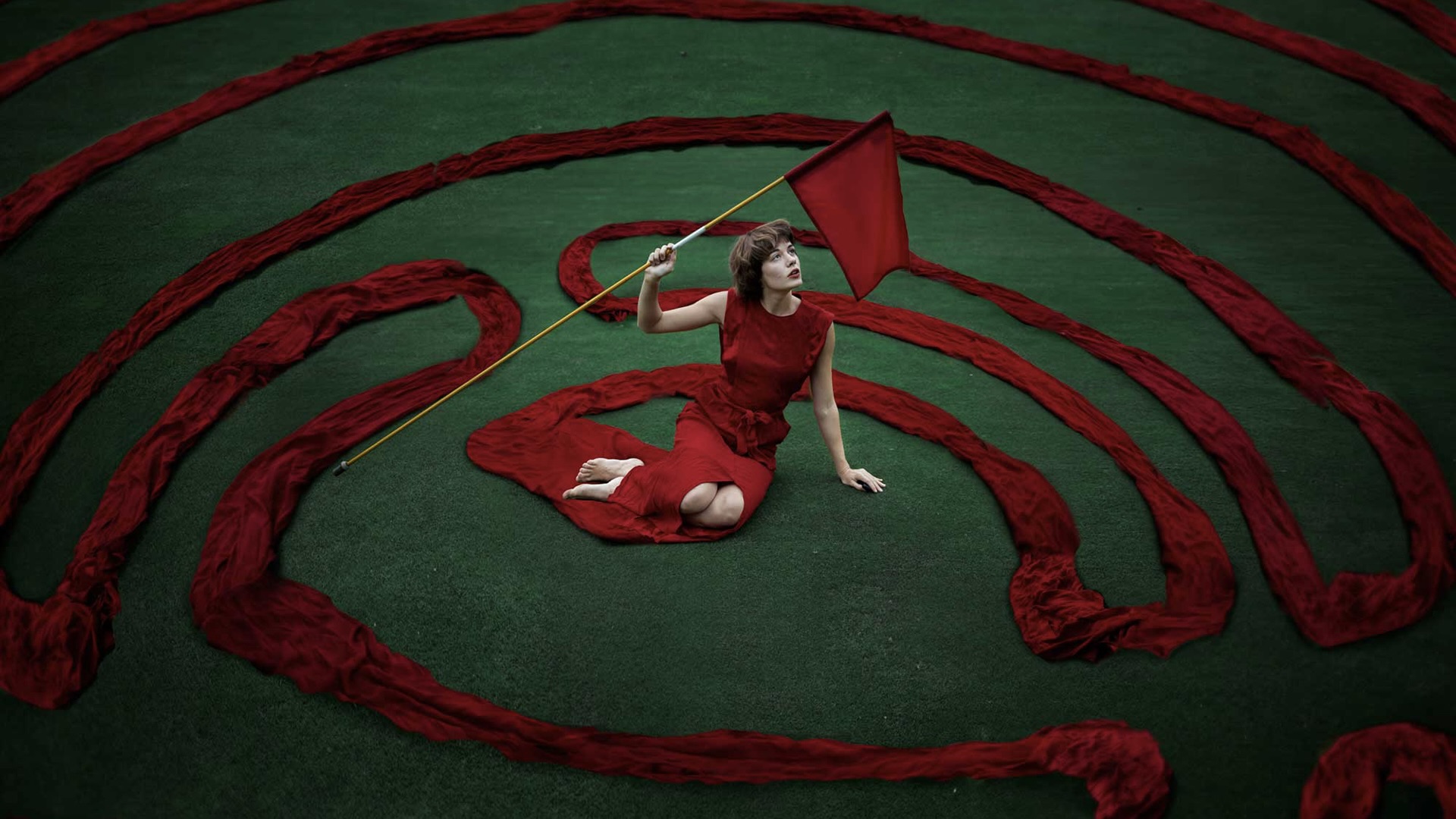
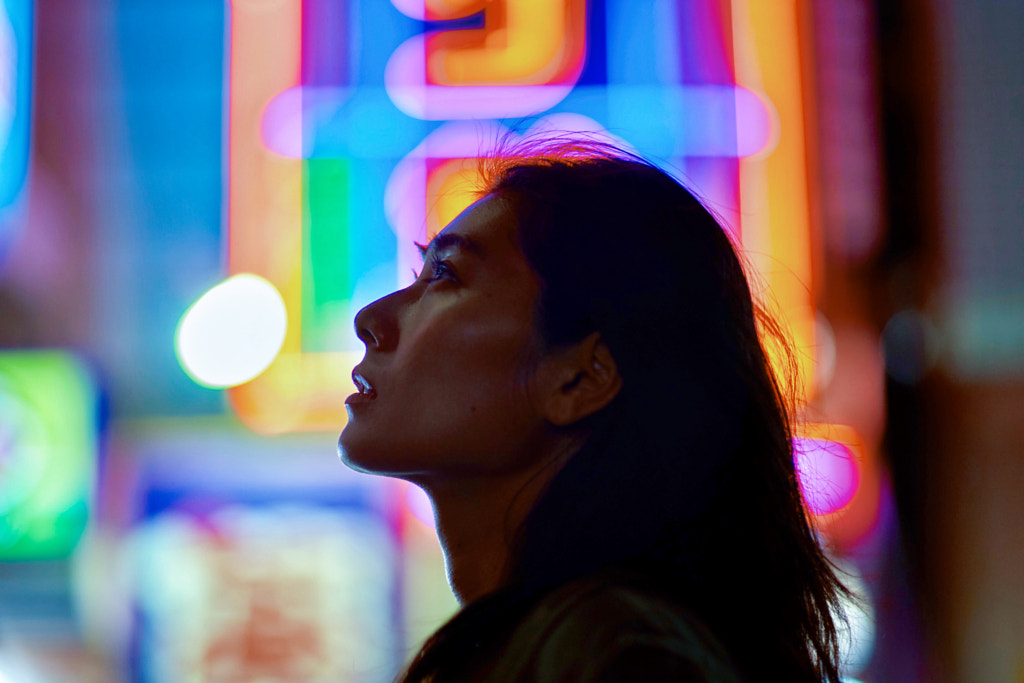

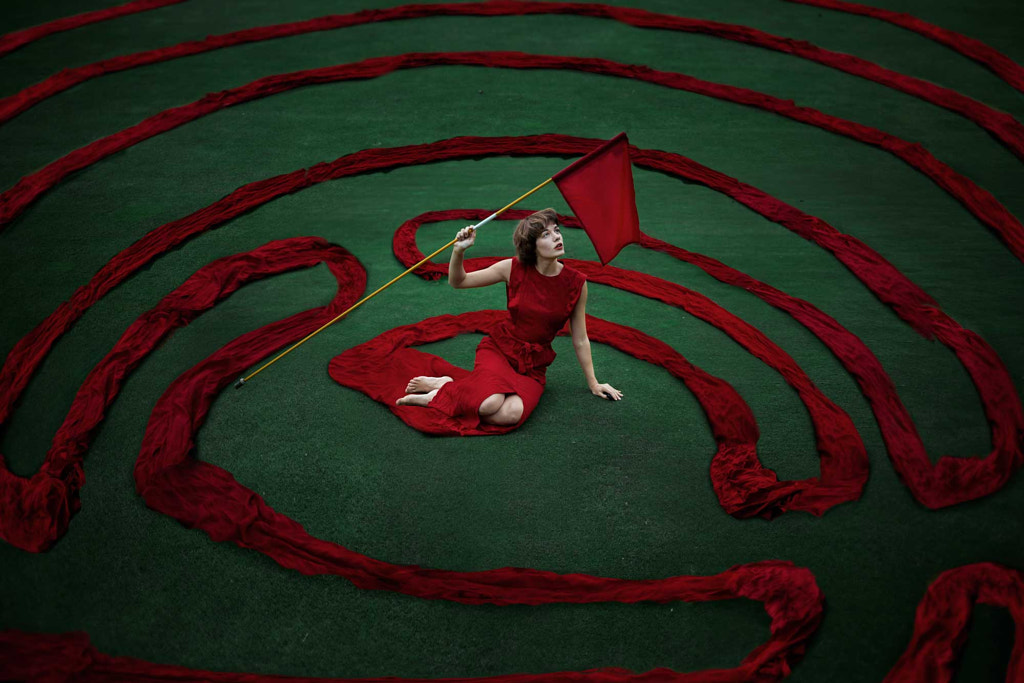
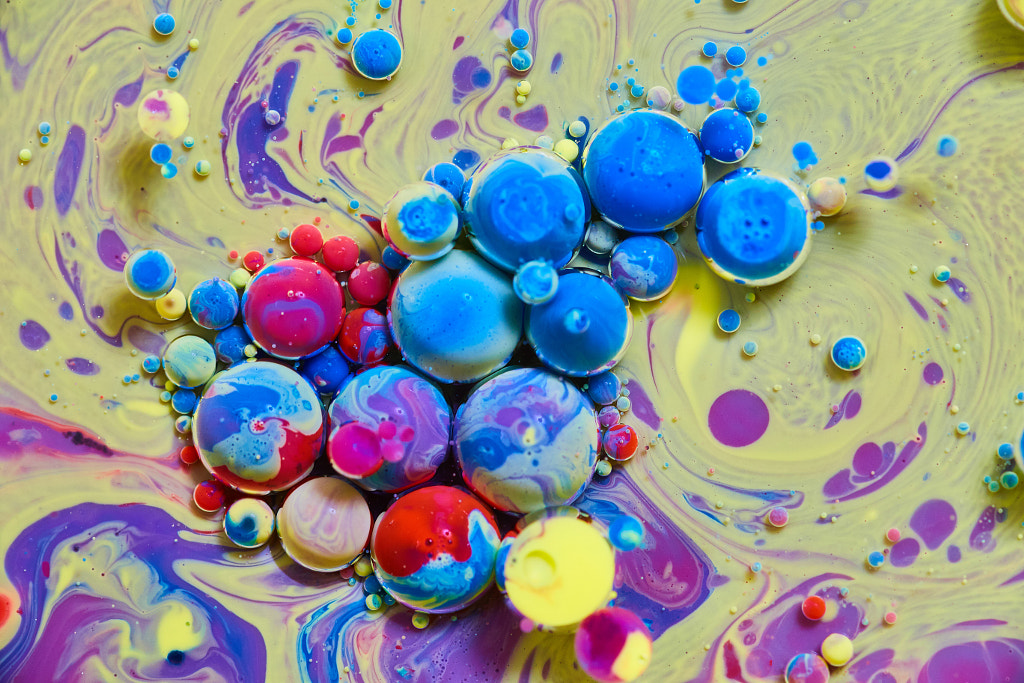
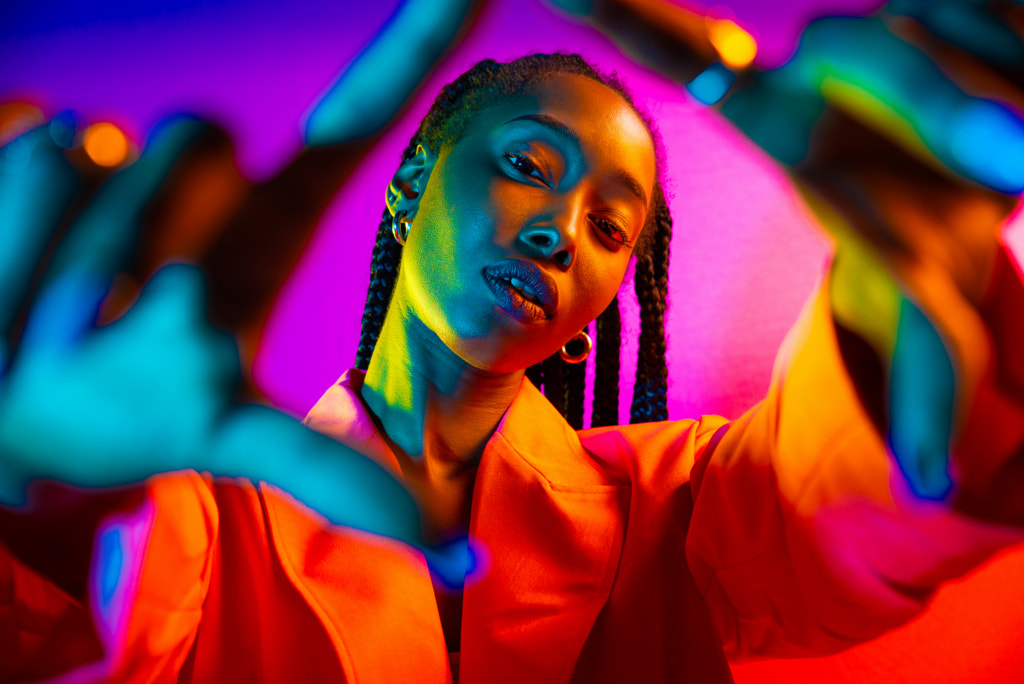

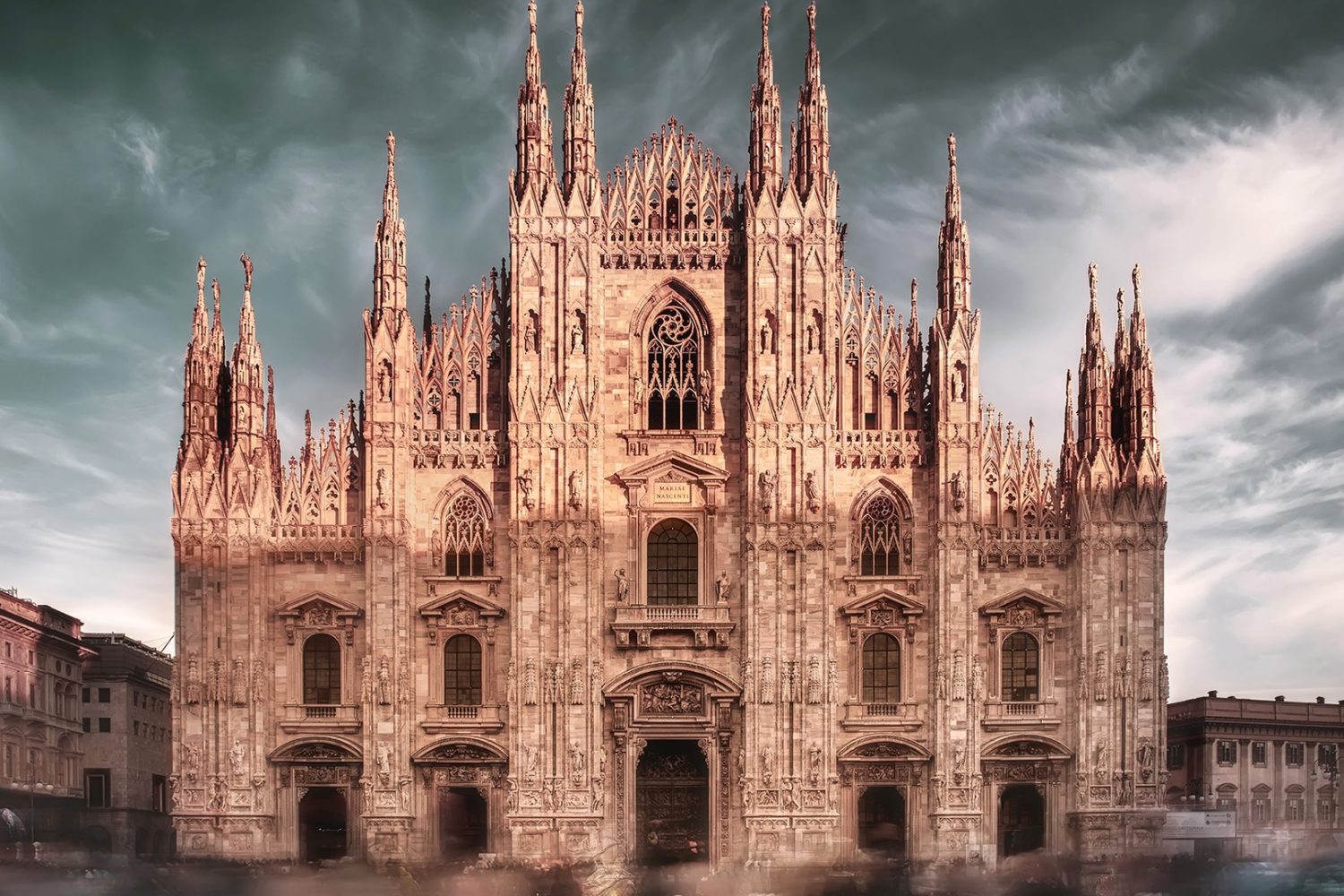
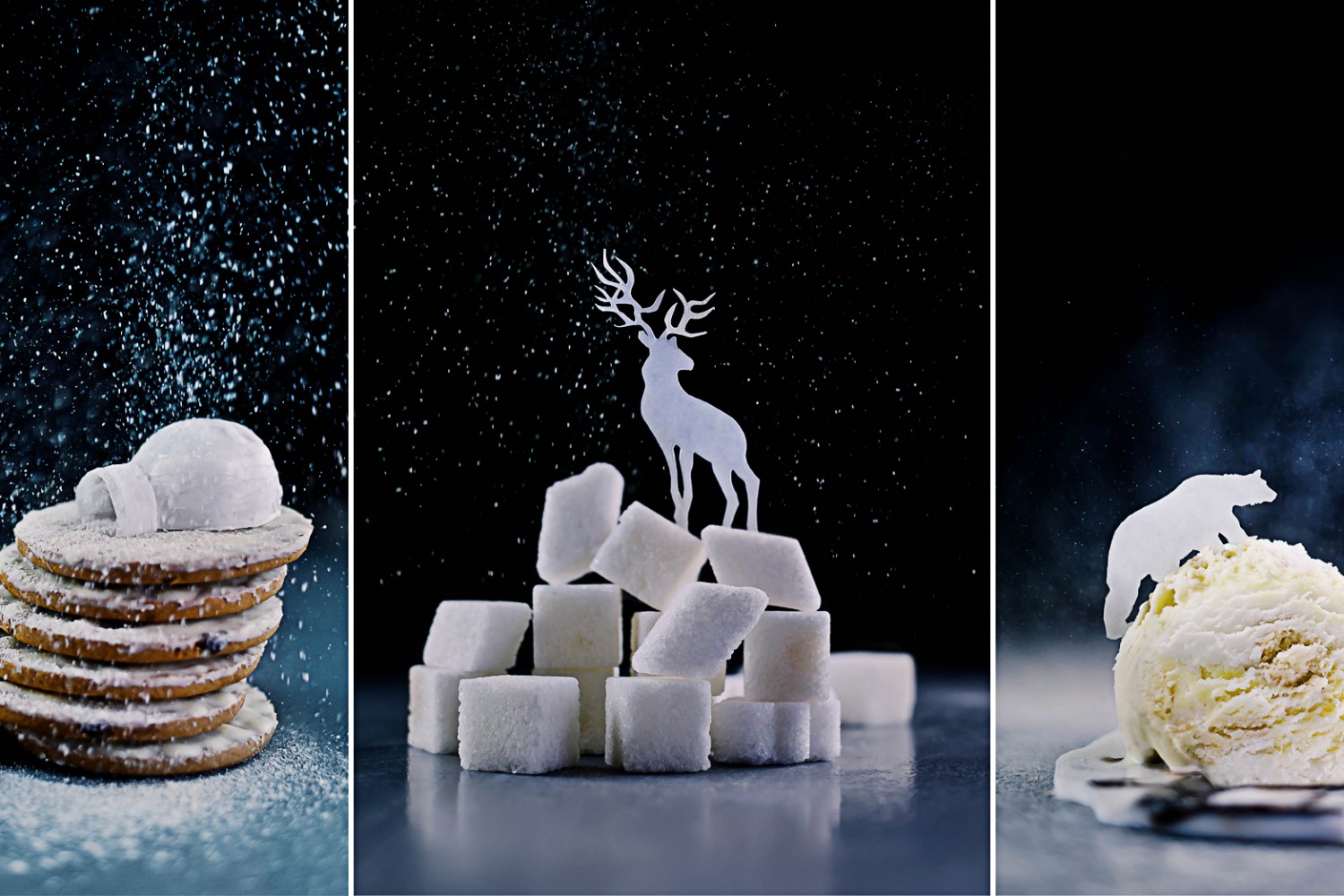

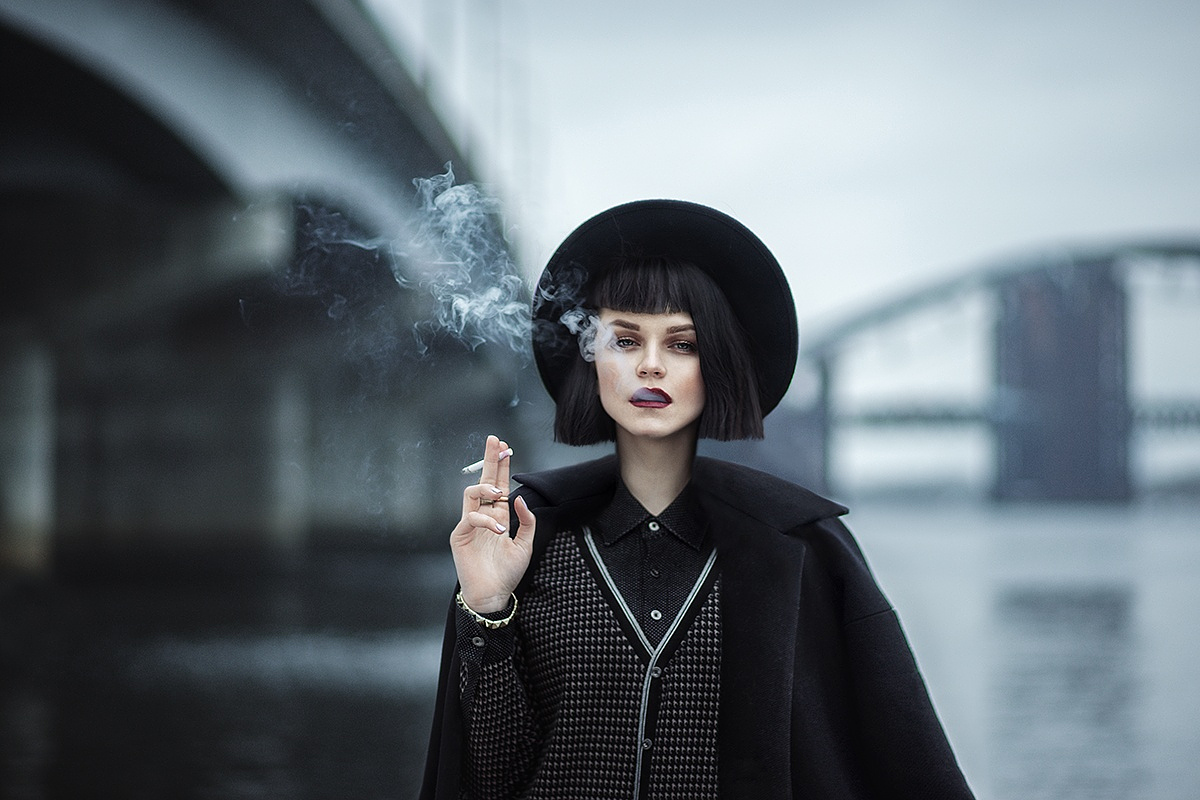
Leave a reply